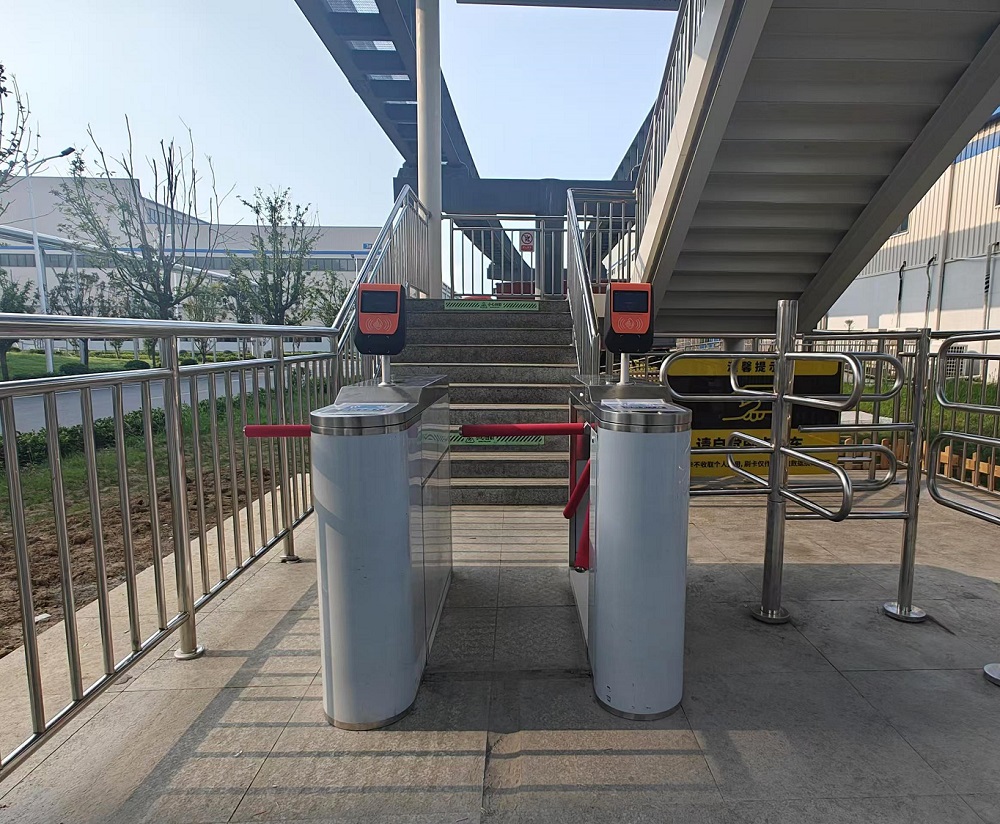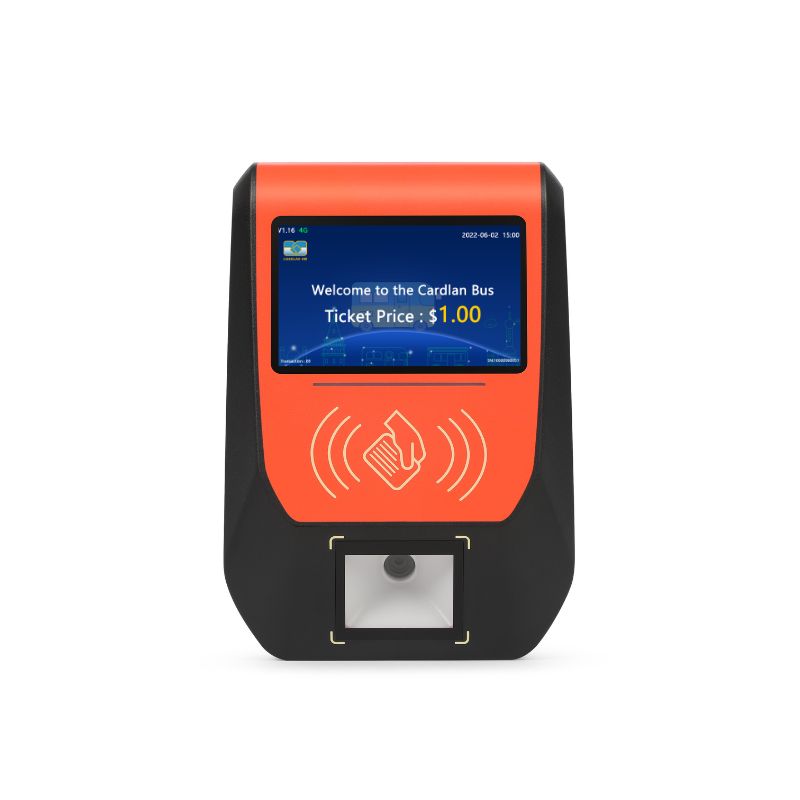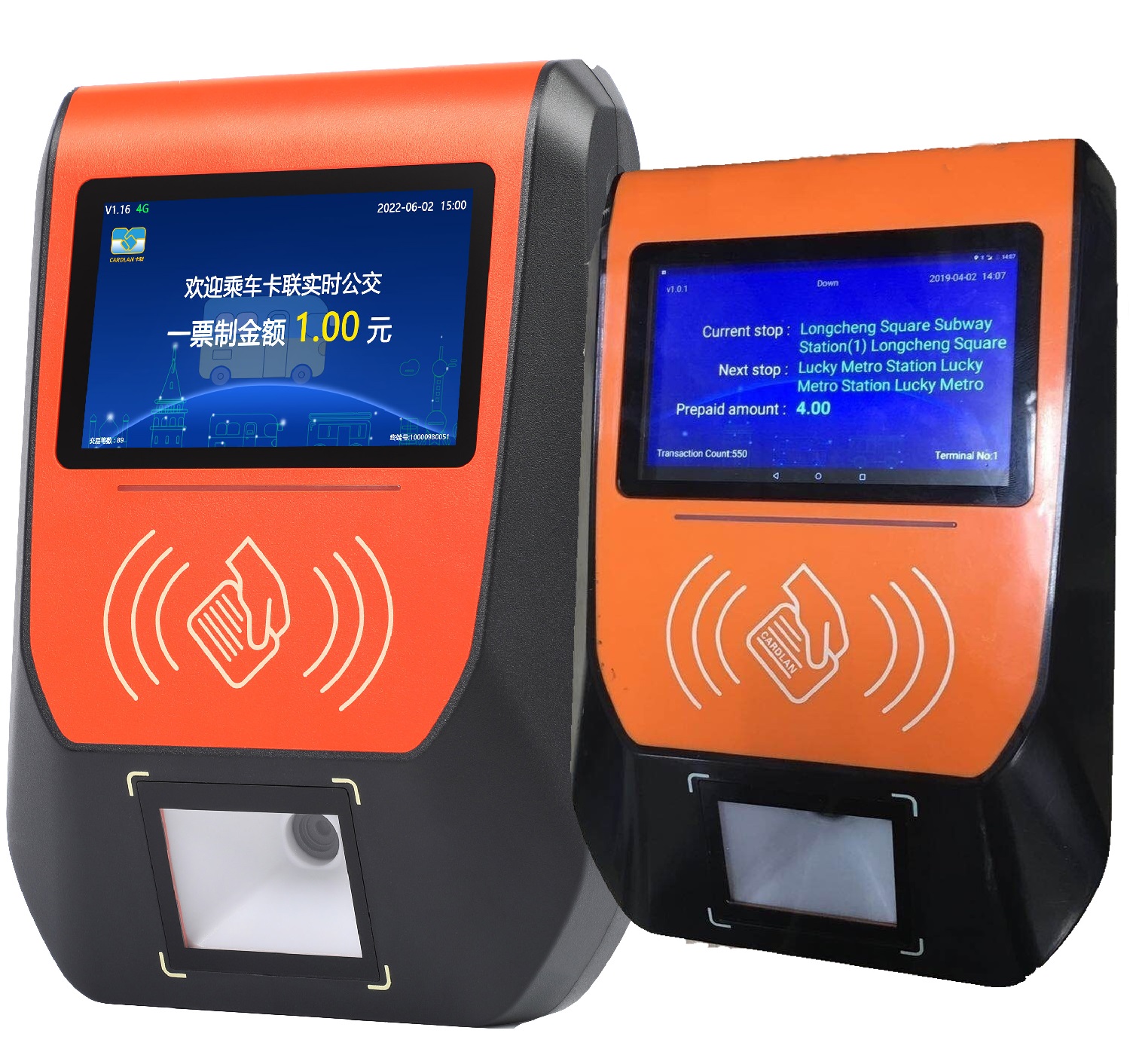Technical Principle
Based on BeiDou/GPS satellite positioning technology, combined with Geographic Information System (GIS-T) and wireless communication (3G/4G/5G), the onboard terminal obtains real-time vehicle location information, dynamically calculates the distance to the next stop and estimated arrival time, and triggers voice announcements. Some systems support Text-to-Speech (TTS) technology, allowing flexible adjustment of announcement content and voice tone.
Core Functions
Hardware Configuration
Typical devices include high-precision GPS modules (e.g., U-blox), 32-bit processors, LCD displays (3-inch color screens), HIFI-grade amplifiers, and multiple interface extensions (e.g., USB, CAN bus).
Integration Method
The fare collection machine typically connects to the announcer via reserved interfaces (e.g., RS232/485), supporting ISO/IEC 14443 Type A smart cards for fare payment and passenger flow data synchronization.
Data Integration
Fare collection records can be uploaded to the dispatching center for analyzing peak passenger flow and optimizing route schedules.
Onboard Display Terminals
Smart Bus Stop Displays
Synchronize vehicle locations via wireless transmission, dynamically showing arrival times, crowding levels, and transfer recommendations. Some displays integrate solar power supply.
 Cardlan flat fare/Zonal fare collection solution
Cardlan flat fare/Zonal fare collection solution
 Application of Relay Function in Bus Card Readers for Gate Control
Application of Relay Function in Bus Card Readers for Gate Control
 Development of Bus Fare Collection Machine Hardware and SDK
Development of Bus Fare Collection Machine Hardware and SDK
 Why some buses have one card reader some have two card readers?
Why some buses have one card reader some have two card readers?